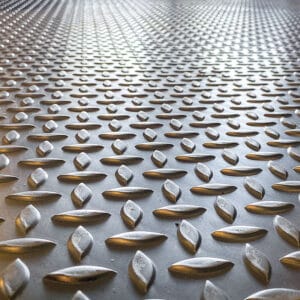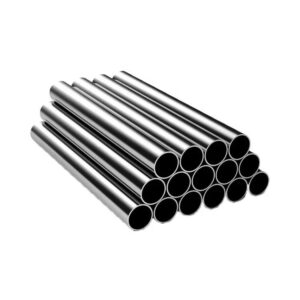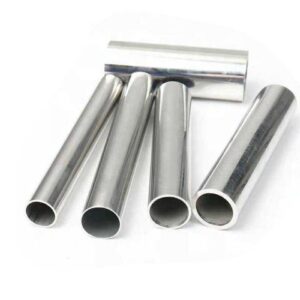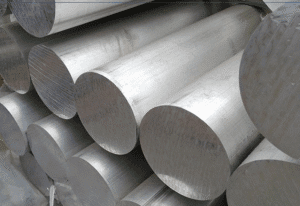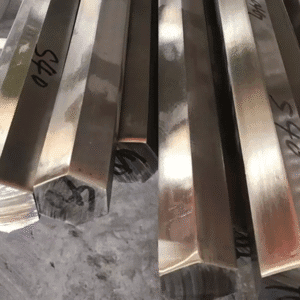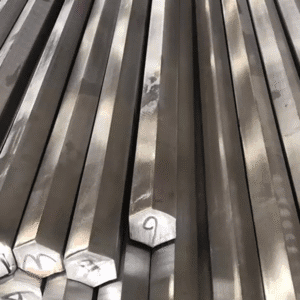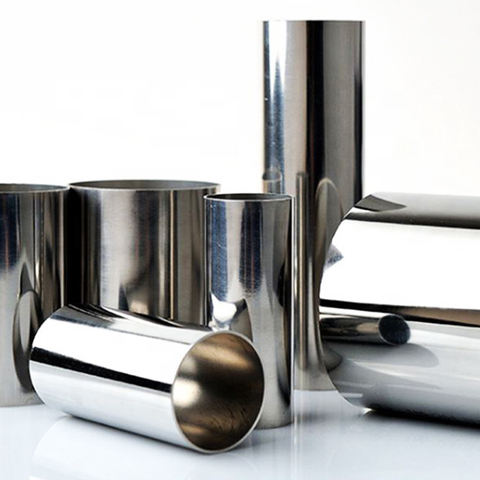When purchasing aluminum for industrial or commercial projects, one of the most common questions buyers ask is: what factors affect 1100 aluminum tube price? Understanding these factors helps procurement teams make smarter purchasing decisions and negotiate better with suppliers.
In this guide, we will analyze the specifications, production process, and surface treatment that influence the final cost of 1100 aluminum tubing.

1. Alloy Grade and Purity
1100 aluminum is a commercially pure alloy with 99% aluminum content. Its excellent corrosion resistance and formability make it popular for:
- Chemical equipment
- Food and beverage packaging
- Heat exchangers
- Architectural applications
Because 1100 aluminum tube contains a high percentage of pure aluminum, raw material costs directly impact its price. Any fluctuation in global aluminum ingot prices will be reflected in the tube’s market value.
2. Tube Specifications (Size and Thickness)
The outer diameter, wall thickness, and length are among the strongest pricing factors. Larger and thicker tubes require more raw material and longer processing time, which naturally increases cost.
For example:
- Thin-walled tubes are cheaper per unit weight but require more precision manufacturing.
- Heavy-duty, thick-walled tubes demand more aluminum and longer extrusion cycles.

3. Manufacturing Process
Different production methods—such as extrusion, drawing, or seamless tube fabrication—affect both quality and price. Seamless 1100 aluminum tubes typically cost more because they require advanced equipment and produce superior strength.
Buyers should compare whether they need seamless or welded tubes, as the cost difference can be significant.
4. Surface Treatment Options
Surface finishing not only improves appearance but also extends service life. Popular treatments include:
- Anodizing – adds corrosion resistance, higher cost.
- Polishing / Brushing – enhances aesthetics, moderate cost.
- Powder coating or PVC coating – offers extra protection, premium pricing.
The more advanced the surface treatment, the higher the final price of the tube.
5. Order Quantity
Bulk orders usually benefit from lower per-unit pricing due to economies of scale. Small custom runs of 1100 aluminum tube may include setup fees and higher handling costs, which raise overall unit pricing.
6. Standards and Certifications
Meeting international standards such as ASTM, ISO, EN, or JIS may increase price but ensures quality and compliance. Industries like aerospace, chemical, and medical often require certified tubing, which justifies the premium.
7. Supplier and Delivery Terms
Last but not least, supplier choice significantly impacts cost. Factors include:
- Distance to port (affecting freight cost)
- Lead time and delivery speed
- After-sales support and warranty
For example, 7075 aluminum tube is also offered by suppliers who specialize in multiple alloy grades. Buyers often compare suppliers to balance price with reliability.

Why Understanding These Factors Matters
By knowing the factors that affect 1100 aluminum tube price, buyers can:
- Plan budgets more accurately
- Negotiate better with suppliers
- Choose the right specifications for applications
- Balance cost vs. performance
Conclusion
The factors that affect 1100 aluminum tube price include alloy purity, specifications, production methods, surface treatments, order volume, certifications, and supplier terms. By analyzing these aspects, procurement teams can make cost-effective decisions without compromising quality.
For more details on aluminum tube options, explore our aluminum tube category and compare specifications across different alloys.

